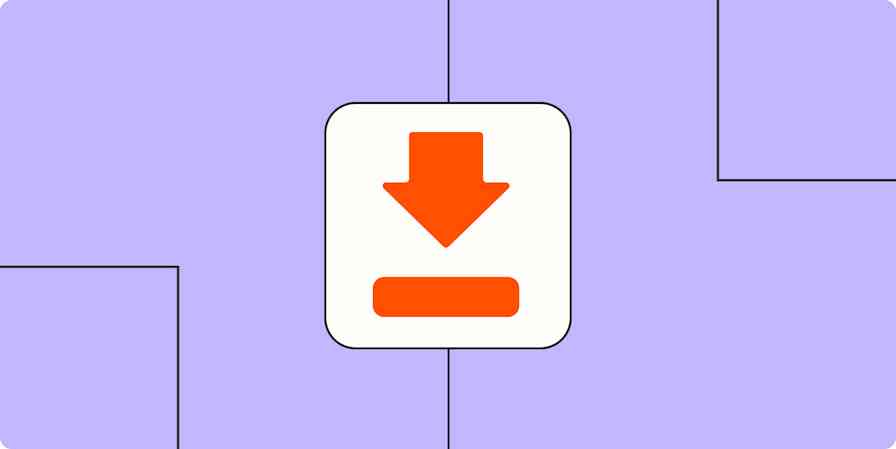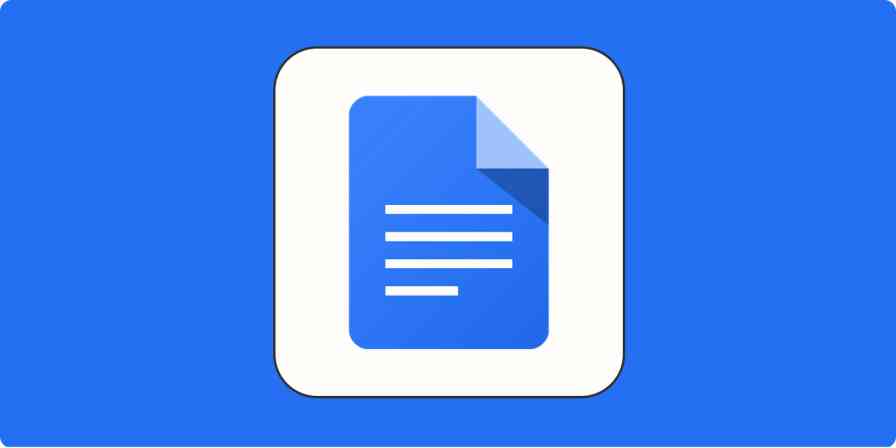Have you noticed how long URLs are lately? Me too. It's ruining my life.
Ok, it's possible there are other things going on that are causing me to overreact to this situation. I'm going to keep working on myself, and I appreciate your patience.
All the same, I really do get a little tired of copying a URL and seeing a bunch of nonsense. What's going on? And can you delete any of that stuff?
To summarize: yes. That stuff is there so companies can track how you ended up on a page, and it's totally fine to delete it before sharing a link.
Are you looking to shorten URLs? Here are our picks for the best URL shorteners.
Why all that stuff is in your links
Here at Zapier, we like to keep track of how many people click links to blog posts in the emails we send out. Click a link in an email from us, and the URL in your address bar will look like this:
https://zapier.com/blog/automate-google-calendar-with-zapier/?utm_source=Iterable&utm_medium=email&utm_campaign=itbl-gbl-pgv-evr-blog_automate_google_calendar_with_zapier_20210402
This is called a UTM parameter. Everything after the question mark is there to help us keep track of how you found our article—in this case, by clicking a link in one of our emails. We do this so we can attach that page view to that specific email, which helps us with our tracking.
The tricky thing: not everything that comes after a question mark is going to be about tracking. In some cases, the extra stuff is actually a feature that's meant to benefit you. For example, YouTube links sometimes use this same formatting to start a video at a certain time. As an example: https://youtu.be/\_DZKwCVKneg?t=7. There's a question mark there, just like in the previous example, but in this case, the extra bits are used to start the video seven seconds in (hence, t=7—time equals seven.)
In other cases, the pound sign (#) will be used in a URL for an anchor link, which is fancy webspeak for "taking you to a particular part of a page." For example: https://zapier.com/blog/best-todo-list-apps/#mstodo will take you straight to the Microsoft To Do section of our best to-do list roundup.
I know what you're thinking: "Justin, this is all fascinating, and I think you're an amazing person despite the obvious hangups revealed in the first two paragraphs of this article. But how much of this crap can I remove from links before I share them?"
Thanks for asking, and for being so kind to me.
What you can remove from a URL
Generally, if there's a question mark or a pound sign in a URL, you can remove everything after it and still have a working link. It's really that simple.
Just note that sometimes removing stuff will change things on the page you're loading. Removing an anchor link, for example, means the link will take you to the page without taking you to a specific section. If you're unsure, just try out the clean URL by pasting it into a browser. If it works for you, it will work for other people.
If you'd rather not do the guesswork yourself, the website URL Clean can do the cleanup for you. Just paste in the messy URL, and it'll spit out the clean version. Alternatively, if you'd rather never see code like this in URLs you copy, Tracking Token Stripper for Chrome and Firefox automatically removes UTMs from every website you visit. It's open source and updated regularly, so give it a shot.
This doesn't fix everything about my life, but I'm still glad I know about it. I hope you are too.





